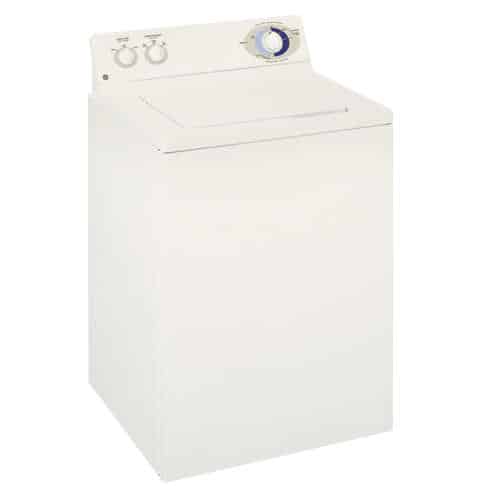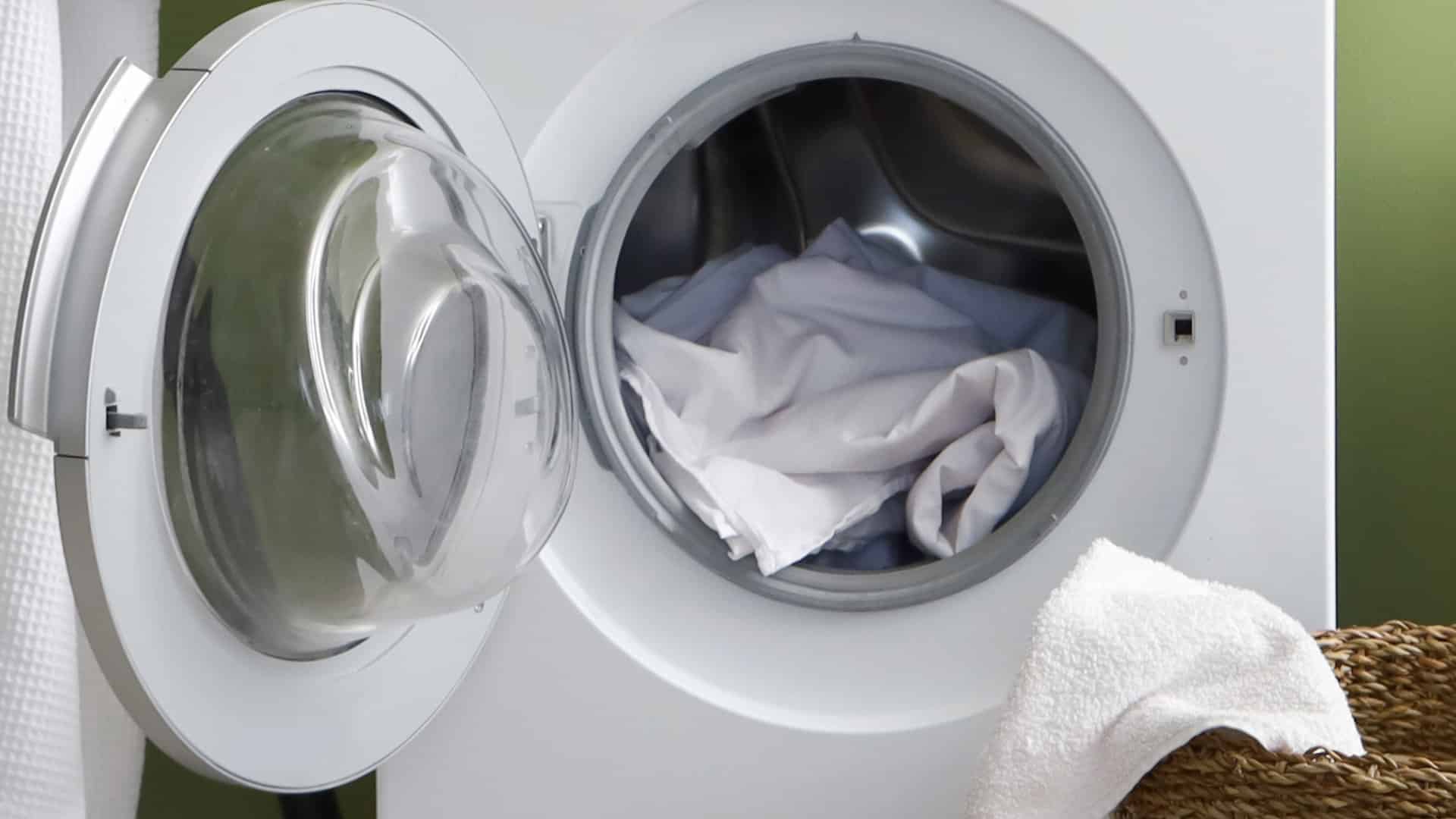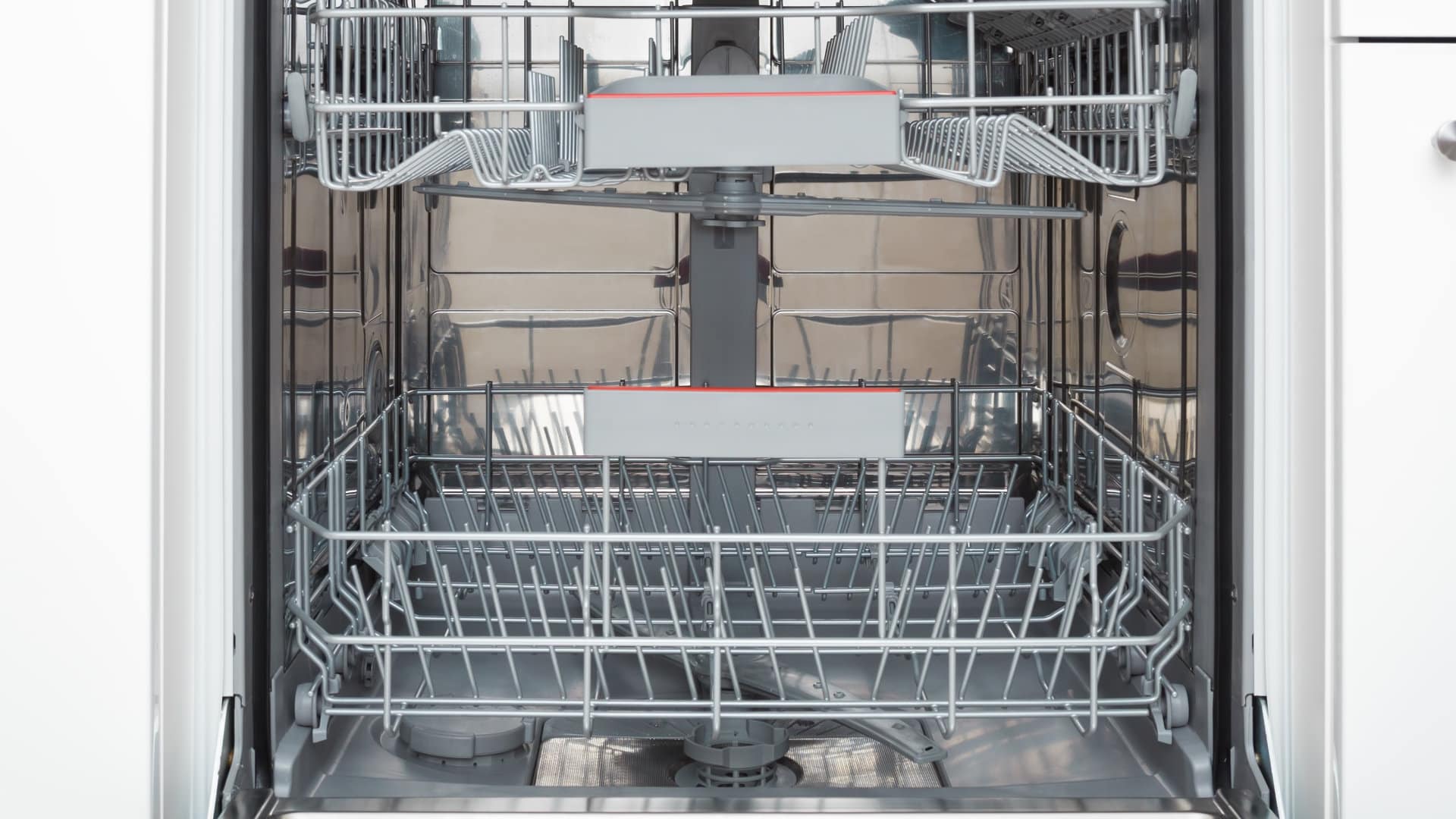
Fred's Appliance
November 19, 2018
Washer Repair
If your GE washer model WCSR2080BCC recently sprung a leak and you’re scrambling to figure out where the water is coming from, don’t worry, we can help. While some malfunctions are more concerning than others, most of them can be easily fixed with a little guidance. To help get you started, we’ve compiled a list of some of the most common maintenance mistakes and component failures which often lead to a leaky washer.
Maintenance Tips
-
Excessive vibrations brought on by an unbalanced washer can cause water to spill out of your appliance as the machine agitates your clothing. To determine whether or not your washer is balanced, place a leveler on the main top. If the appliance turns out to be unbalanced, simply correct the problem by adjusting its legs. Unfortunately, if you choose to ignore the issue, and your washer continues to vibrate uncontrollably, you risk damaging other components in your appliance.
-
Leaks located at the back of your washer can indicate a loose hose connection. Before inspecting the hoses, turn off your appliance’s water supply, and pull your machine away from the wall. Start investigating the leak by examining the drain hose, which runs from the drain port on your washer to the standpipe or laundry tub. If either side of the hose feels loose, correct the issue, or if they are both intact, move on to the inlet hoses. Your machine’s hot and cold inlet hoses run from the inlet valve on your washer to the hot and cold faucets on your laundry room wall. If you find one or more of the connections are loose, tighten them to stop the leak.
-
Your washer is designed to handle a certain amount of detergent. When you continuously surpass that amount, the soap residue leftover will end up clogging the overflow tube in your appliance, meaning that puddle on your floor is due to you exceeding your washer’s soap limit. Sticking to the detergent recommendations in your owner’s panel will resolve any type of soap overuse.
Appliance Repair Tips
Unplug your appliance and turn off its water supply before starting your repair. Safety goggles and gloves are needed to protect your hands and eyes from sharp objects as you remove and replace damaged components in your washer.
The Tub-to-Pump Hose
When your washer tub drains, the water travels through the tub-to-pump hose. As your appliance ages, the hose can crack, causing water to leak out. Replacing the damaged tub-to-pump hose is not complicated and should only take you a little over an hour.
How to Replace the Tub-to-Pump Hose in Your GE Washer
-
To gain access to the tub-to-pump hose you’ll need to remove your washer’s front panel. At the left and right corners of your washer, insert a putty knife in between the main top and the front panel. Slide the putty knife toward the center of the appliance. When the knife makes contact with a locking tab, push down to release the mechanism. Once both tabs are disengaged, tip the front panel back, and take it off your washer.
-
You’ll find the tub-to-pump hose in the washer’s lower right corner. Before disconnecting the hose, grab a towel and place it in the area underneath the component. Use a pair of pliers to loosen and slide the lower clamp up the hose. Then, pull the bottom half of the hose off the drain pump. A small amount of water is likely to come out of the hose, but don’t worry that’s what the towel is there for. Next, with your nut driver unthread the screw securing the upper hose clamp. Once the clamp is loose, disconnect the top end of the hose from the outer tub. Now you can remove the damaged tub-to-pump hose from your washing machine.
-
Before you throw the old hose away, you’ll need to take the top and bottom clamps off the part so you can attach them to your new drain hose.
-
Slide the old clamps onto your new tub-to-pump hose. With both clamps attached, head to your washer and install the top end of the hose to the outer tub. Secure the connection by tightening the clamp screw with your nut driver. Then, attach the lower end of the hose to the pump. Using your pliers, slide the clamp down the hose to secure the link between the drain pump and the hose.
-
To finish off your repair, reinstall your washer’s front panel. After your appliance is back together, plug it in and turn on its water supply. Try the new tub-to-pump hose out by washing a load of laundry. If your washer doesn’t leak, the new component resolved the issue.
The Drain Pump
If your washer is leaking during the wash cycle or the drain cycle, there is a good chance your appliance has a faulty drain pump. Simply put, the drain pump pulls water from the washer tub and pushes it out of your appliance through the outlet hose. If the pump is cracked water will leak out of it and end up on your laundry room floor.
How to Replace the Drain Pump in Your GE Washer
-
Start your repair by taking off your washer’s front panel. In between your appliance’s main top and front panel, there are two locking tabs, one is near the right corner and the other is near the left corner. To disengage the tabs slide a putty knife between the panels and press down. After both tabs are released, lift the front panel up and off your washer.
-
Locate the drain pump and place a towel underneath it to catch any water that may come out during the repair. Next, disconnect the wire harnesses running to the drain pump. Then, use a pair of pliers to loosen the clamps securing the outlet and inlet drain hoses to the pump, and pull the hoses off the drain pump valves. With a socket wrench, unthread the screws holding the pump’s mounting plate to the bottom of the washer. Once you’ve removed the screws, pull the damaged drain pump out of your appliance.
-
To install the new drain pump, attach its mounting plate to the bottom of your washer. After the drain pump is in place, reconnect the wire harnesses and the outlet and inlet drain hoses. Make sure the hoses are attached properly and the clamps are securely linking the hoses to the pump valves.
-
With the new drain hose successfully connected, you can now reinstall the washer’s front panel. Once the panel is reattached, plug your appliance back in and turn on its water supply. To ensure the repair worked, test out your machine by running a wash cycle.
If the tips and repairs listed above don’t fix your washer’s leak, please contact us today to schedule an appointment with one of our appliance repair technicians.
888-453-7337Text or ring! ring!
Live ChatClick to say hi

May. 06, 2024
Whirlpool Washer Error Codes Explained

May. 06, 2024
How to Wash a Hat in the Dishwasher (In 5 Steps)

Apr. 09, 2024
How to Fix the nF Error Code on a Samsung Washer

Apr. 09, 2024
Kenmore Elite Dryer Issues: How To Troubleshoot

Mar. 06, 2024
Microwave vs. Oven: Pros and Cons and How They Differ

Mar. 06, 2024
Self-Cleaning Oven Smell: Causes & Odor Reduction Tips

Mar. 06, 2024
Frigidaire Ice Maker Not Working? 7 Ways to Fix It

Feb. 05, 2024
Why Is Your LG Refrigerator Not Cooling? (9 Common Reasons)

Feb. 05, 2024
GE Oven F2 Error: Causes & Solutions

Jan. 03, 2024





